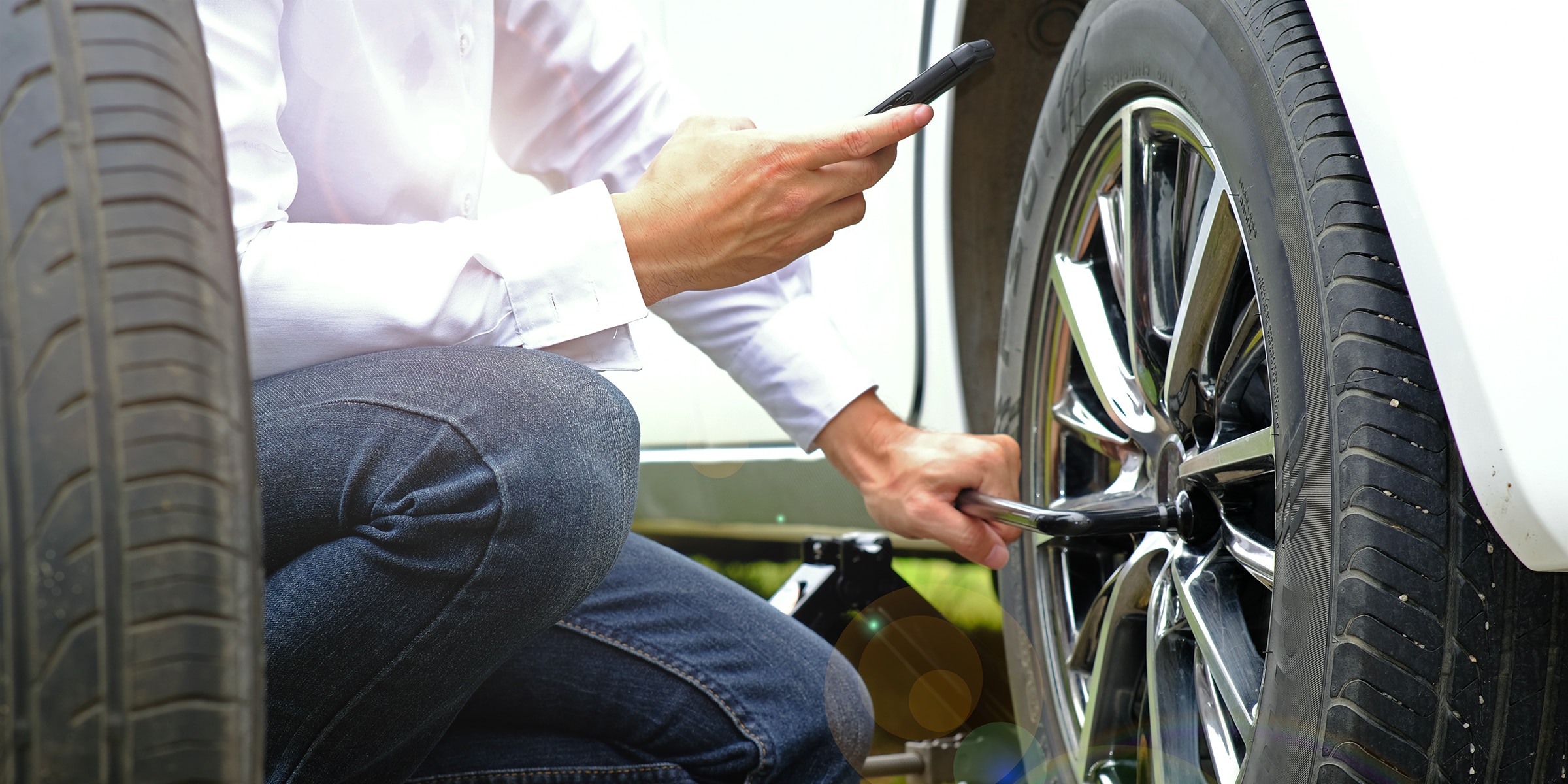-
Tires
January 19, 2007
Tires tested:
Bridgestone Turanza EL400-02 Standard Touring All-Season P215/60R16
Bridgestone Blizzak WS60 Studless Ice & Snow 215/60R16
Since we have experienced that the performance of different tire models typically varies in the amount of responsiveness and...
-
Tires
Tires used on the track have to work in a very tough environment: hard cornering, heavy braking, powerful acceleration, rubber grinding away against abrasive pavement lap after lap. To help you get the most from your tires, you should closely inspect them between every session as part of...
-
Tires
Visible Tread Splices
While visible and open tread splices are conditions rarely seen on street tires, they appear more frequently on racing tires, including the DOT-legal competition tires often used for road racing, track days and autocrossing. A visible tread splice is cosmetic in nature...
-
Tires
Pneumatic tires are made of specialized rubber compounds reinforced by plies of fabric cords and metal wires. While most rubber compounds can be stretched easily, the underlying fabric cords and steel wires actually define the tire's shape by limiting stretching. In order to bond these...
-
Installation |
Tires
You may want to take a copy of this Tire Tech article to the service center when replacing the tires on your vehicle or when having its tire pressure monitoring system (TPMS) serviced. It might provide some tips not covered by the tire changer's normal service procedures.
Tips on servicing...
-
Tires
Each individual state has established waste tire management funds to address issues related to discarded tires. Examples include tire disposal, remediation of illegally dumped tires, recycling, and consumer education.
Tire Rack collects these state fees when selling tires to consumers as...
-
Tires
Nothing Lasts Forever... and Tires Are No Exception
Tires are manufactured by bonding rubber to fabric plies and steel cords. Despite the anti-aging ingredients mixed into the rubber compounds, there is a realization that tires are perishable, as well as a growing awareness that some tires...
-
Tires
As a general rule, tires should not be mixed on any vehicle unless specified as acceptable by the tire or vehicle manufacturer. Drivers should avoid mixing tires with different tread patterns, internal constructions or sizes, and use identical tires on all of their vehicle's wheel positions in...
-
Tires
Since "experience is the best teacher," the Tire Rack team drives on as many of the tires we offer as possible. This testing allows us to better understand a tire's ride and noise qualities on the road, and its performance capabilities on the track. And even though Mother Nature is very...
-
Tires
A snowstorm can quickly change driving on mountain roads from an enjoyable adventure into a hazardous experience. Years ago, government agencies in mountainous regions required vehicles to be equipped with tire chains (or at least have them stored in the trunk) before the vehicle would be...
-
Tires
It is imperative to keep the same level of traction at all four corners of the car; otherwise, the full benefits of ABS or traction control systems will be lost.
So when you put winter / snow tires on your vehicle, always put them on in a set of four. If you were to put winter / snow tires on...
-
Tires
ABS (Anti-Lock Brake), Traction Control and Vehicle Stability Systems
While anti-lock brakes, traction control, and vehicle stability systems help make it easier to utilize your tire's full potential, none of these systems actually provides more traction. These systems are only capable of...


